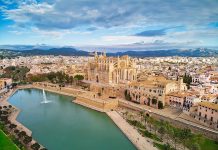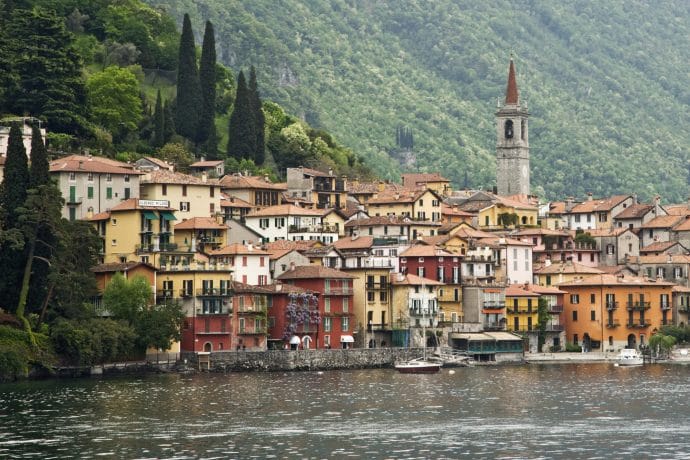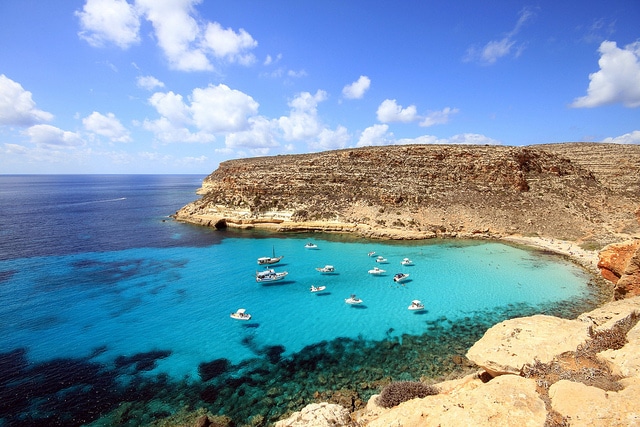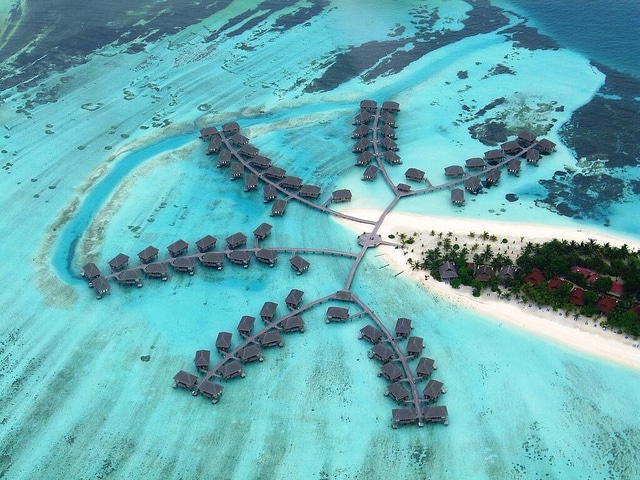Responsible and culturally sensitive tourism is a welcome trend for the modern traveler, and many tourists are taking an active role in choosing a holiday that gives them the opportunity to interact with and explore the cultures of the people whose traditional homelands they visit. Cultural interaction can and should form an important part of an African safari getaway, but it’s also important to be realistic in your expectations.
Many travelers expect to find villages untouched by western influence, living much the same way they have for centuries – but in a truly authentic encounter, this usually isn’t the case! Many of today’s Masai tribes, for example, use cell phones to stay in touch about the best places to graze their herds and find water – and why shouldn’t they? A truly authentic cultural interaction comes about when you leave all your expectations and preconceived ideas about the people you are going to encounter at the door, and approach with an open mind. Do this, and you’ll find that the peoples of Africa are some of the most welcoming hosts you’re ever likely to meet! That said, here are some of the best places to stay if you want cultural interaction to form an integral part of your African holiday.
Ngorongoro and Lake Manyara – Tanzania
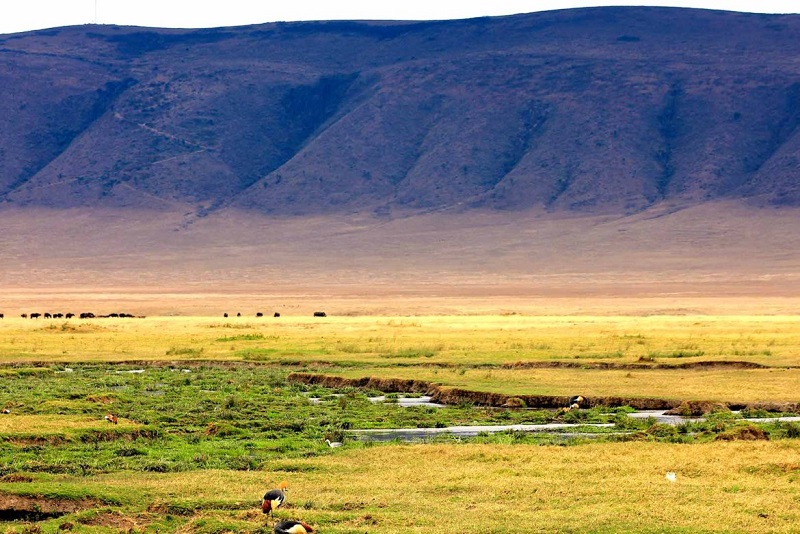
The Ngorongoro Conservation Area in northern Tanzania, famous as the site of the enormous volcanic crater which gives the region its name, is a great choice of destination for those seeking cultural interaction. Children over eight years of age are welcome, and can even take part in traditional activities with a local Maasai like learning about fire making, spear throwing, and how the famed warriors produced their bows and arrows!
The area is a Big Five region, and is also home to the vast herds of zebra, wildebeest and antelope that trek across the plains during their annual migration. In many parts you will also come upon the traditional Maasai livestock that graze side by side with the wild game!
Lake Manyara provides another opportunity for cultural interaction with the Mto Wa Mbo Village Walk experience. This large settlement is a real, working community, and gives you the opportunity to see what the day to day life of the locals is truly like today.
Soweto Township Tour – South Africa
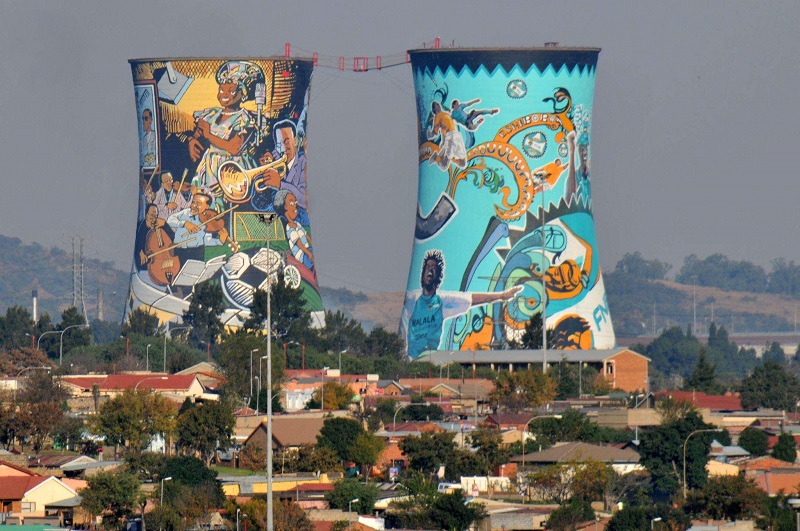
If you’re staying anywhere near Johannesburg in South Africa, then this is a tour not to miss. Half day tours, edutainment excursions and full day Apartheid history tours are all available, and will give you the opportunity to visit historical sites like the Mandela House Museum, Vilakazi Street (which two Nobel Peace prize winners, Nelson Mandela and Desmond Tutu called home), the Hector Pieterson Museum, Baragwanath Hospital (the biggest hospital in the Southern hemisphere) and much more. You’ll also get the opportunity to enjoy some traditional street food, drink traditional sorghum beer out of a calabash at a local shebeen, and witness the stark contrast between the informal housing of Kliptown with the high-end housing of modern upmarket Soweto, all with a knowledgeable guide.
Omo Valley – Ethiopia
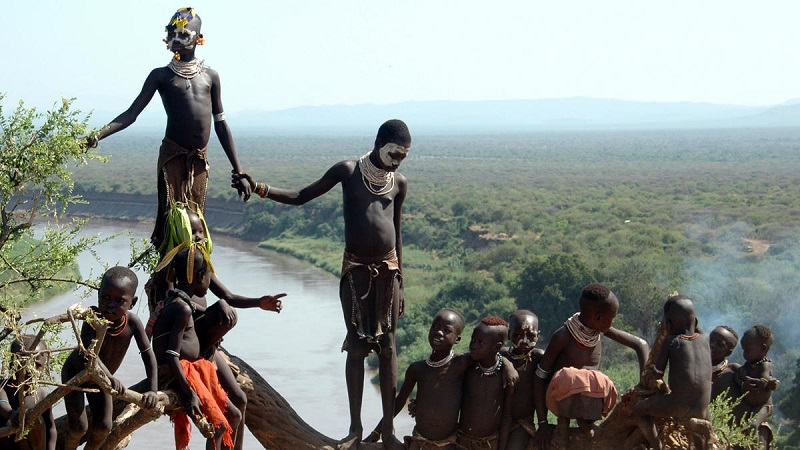
Described by Carlo Conti Rossini, the first foreigner to visit the region, as a “Museum of People”, Omo Valley is one of those rare places that ancient tribal practices still take part today. It was acknowledged as a World Heritage Site in 1980, and some 200,000 Omo pastoralists, cultivators, and hunters still follow the ancient lifestyles.
Some of the rituals you might witness include the traditional coating of the hair with clay and animal fat, body painting with white minerals, black charcoal, and ochre, jewelry still made from beads and bone, and traditional stick fighting contests – all of which are an integral part of the way tribal identities and status are expressed.
Dancing Masks Festival – Burkina Faso
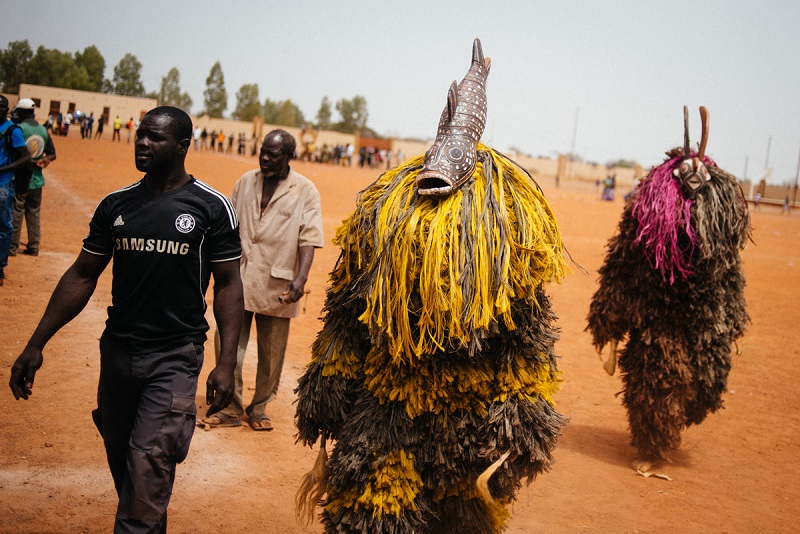
One spectacular way of preserving traditional rites and ceremonies is to invite other nations with similar beliefs to join in the celebration and showcase their own traditions, and that’s exactly what the FESTIMA celebration, which is the largest International Art and Mask Festival in West Africa, aims to do. The event features hundreds of masks from Benin, Ivory Coast, Mali, Togo, Senegal and 50 villages of Burkina Faso itself.
Masks form an important part of the animist culture of several countries in the area, and are believed to come to life during the explosive dancing and music of the ritual, often with an important message from the ancestors to deliver. The masks are made from wood, straw, leaves and textiles, and a wise man or translator will often accompany the dancer, whose face is never seen, to help interpret the ancestors’ message. For an outsider, it’s an incredibly memorable and captivating event to witness!



